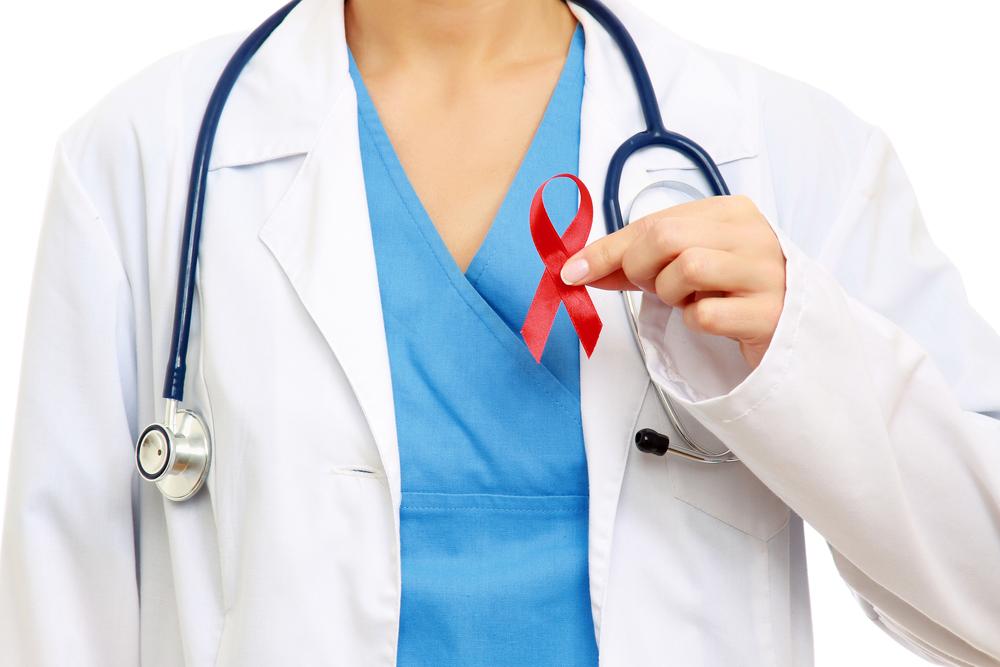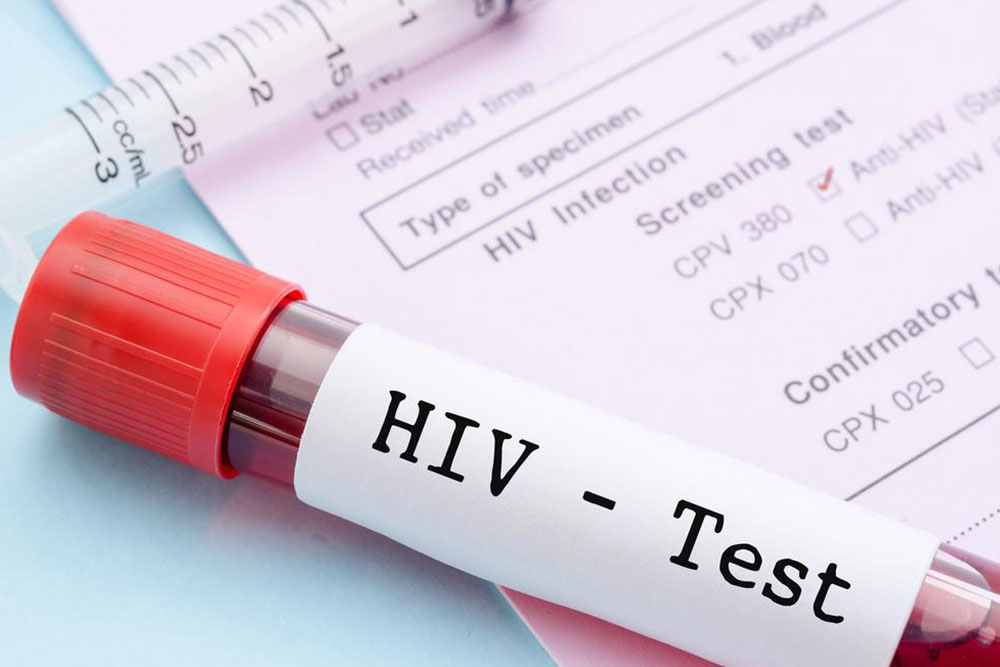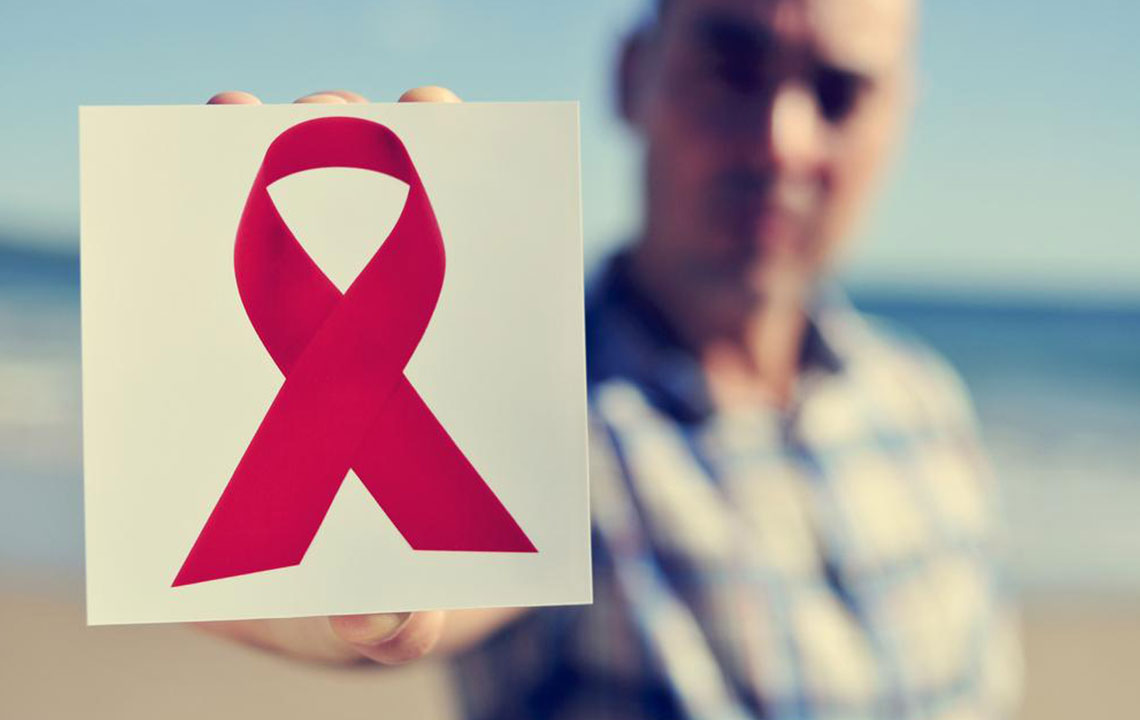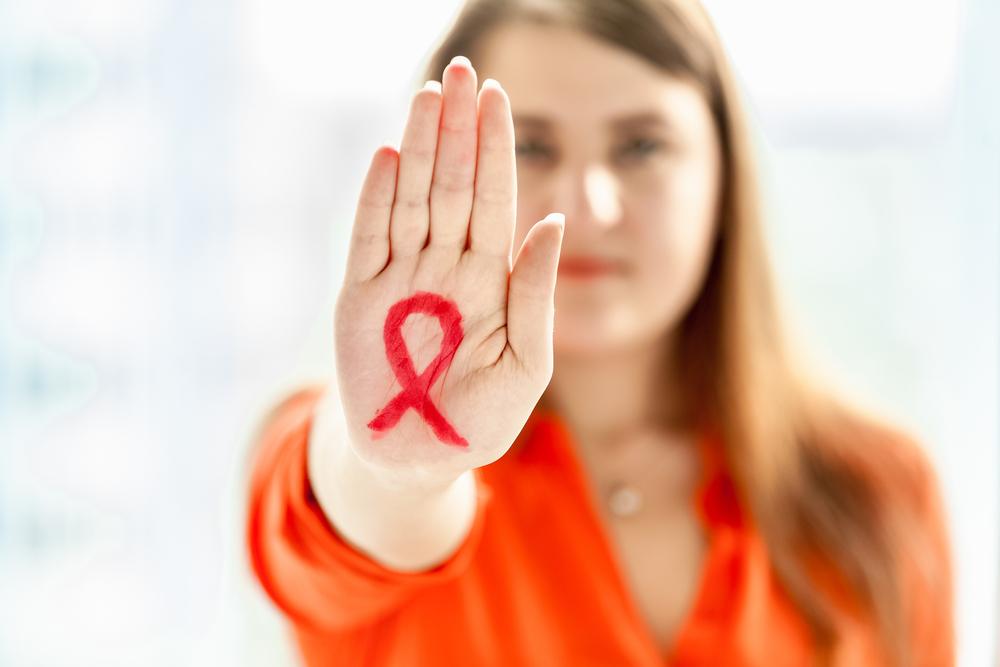Understanding HIV: Key Facts and Insights
This article offers a comprehensive overview of HIV, including its transmission, symptoms, and skin rash indicators. It emphasizes the importance of early treatment, discusses longevity prospects, and provides guidance on managing HIV-related skin conditions. The content aims to educate readers about the disease, encouraging preventive measures and proper medical care to improve quality of life for infected individuals.
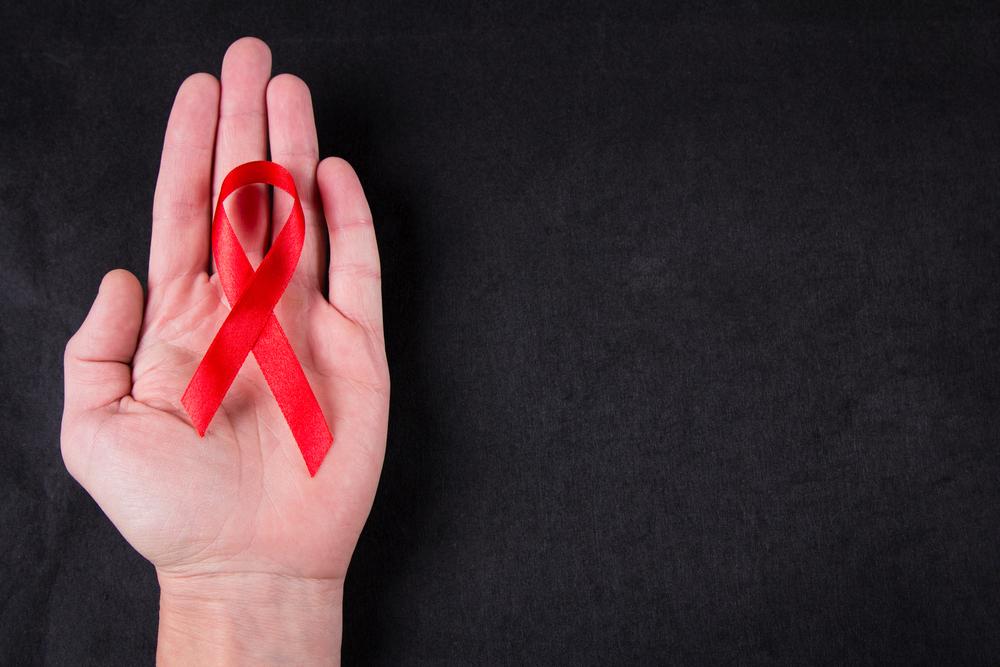
Understanding HIV
The human immunodeficiency virus (HIV) results in an HIV infection, progressing to acquired immunodeficiency syndrome (AIDS). AIDS emerges as an advanced stage of HIV, characterized by a weakened immune system. HIV primarily targets CD4 cells, which defend the body against infections and certain cancers. Although a cure remains elusive, treatments and medications help manage symptoms and prolong life. Advances over the past 20 years mean infected individuals can now live longer, healthier lives with proper care.
Longevity With HIV
Improved treatments have increased the life expectancy of those living with HIV, making a healthier, longer life possible.
With proper medical intervention, an HIV-positive individual can potentially live up to 51 years longer.
How HIV Spreads
HIV transmits through sexual contact, sharing of blood, or exposure to semen and vaginal fluids from an infected person.
Mother-to-child transmission can occur during pregnancy, childbirth, or breastfeeding.
In children, HIV can be passed during pregnancy or delivery via blood or fluid contact.
Common Symptoms of HIV
Weight loss, persistent diarrhea, nausea, headaches, muscle and joint pain, breathing issues, confusion, cough, and memory problems.
Pelvic infections, bacterial and yeast infections, menstrual irregularities in women.
Low-grade fever and skin rashes are also typical.
Understanding HIV Skin Rashes
About 90% of HIV-positive individuals experience a skin rash within two months of infection.
This rash can indicate early infection or reaction to antiretroviral therapy, appearing as flat red patches with small bumps.
It often causes itching and appears mainly on the hands, legs, face, and chest but can affect other areas, including mouth ulcers.
Severity and Management of HIV Rashes
Most rashes are mild but can become severe or life-threatening in rare cases.
Serious conditions like Stevens-Johnson syndrome involve swelling, fever, blisters, and rapid skin degeneration.
Treatment involves consistent medication, avoiding extreme conditions, and consulting healthcare providers for proper care.
Preventing and Treating Rashes
Early viral control and immune support reduce rash severity.
Proper diagnosis guides effective treatment, minimizing discomfort and risks.
HIV-positive individuals should avoid hot showers and direct sunlight, and consult doctors before changing medications or skincare routines.

